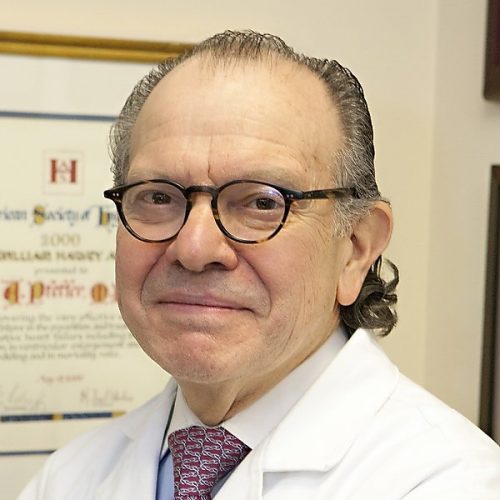KEY POINTS
- Sacubitril/valsartan did not provide a lower rate of cardiovascular death, heart failure hospitalization, or outpatient development of heart failure when compared to active treatment with ramipril in patients after high-risk myocardial infarction.
- When examining total adjudicated events and investigator reported primary endpoints, there was a trend toward clinical benefit in patients randomized to sacubitril/valsartan.
Hospitalizations for heart failure are common and expensive. Over the past several years, goal directed medical therapy for heart failure with reduced ejection fraction has gained momentum. As newer medications, like angiotensin receptor-neprilysin inhibitors, emerge, more data regarding their indication of use in post-MI populations at high risk of developing heart failure is required.

PARADISE-MI (NCT02924727), presented as a Late Breaking Clinical Trial on the opening day of the American College of Cardiology 2021 meeting, by Marc Pfeffer, MD, PhD, was a double blind, active controlled trial that tested the safety and efficacy of sacubitril/valsartan against ramipril, an angiotensin-converting enzyme inhibitor, in patients following acute myocardial infarction in 41 countries. Inclusion criteria required evidence of pulmonary congestion requiring intravenous therapy and/or left ventricular ejection fraction ≤ 40% along with other high-risk features (including but not limited to age >70 years, GFR <60 mL/min/1.73 m2, the presence of diabetes, among other characteristics). Patients with prior heart failure were excluded.
During a median follow-up of 23 months, 711 patients experienced the primary adjudicated outcome, a composite of CV death, HF hospitalization or outpatient HF. Sacubitril/valsartan did not significantly lower the primary outcome when compared to ramipril by adjudicated primary events (P=0.17). However, when primary and recurrent adjudicated events were included, sacubitril/valsartan did have a clinically significant reduction in the primary outcome when compared to ramipril (P =0.02). In addition, when compared by investigator reported primary endpoints, there was also a clinically significant benefit (P=0.01).
PARADISE-MI was conducted against the active comparator ramipril, rather than placebo, which makes it more difficult to detect a treatment effect with sacubitril/valsartan. In addition, the trial was conducted during the COVID-19 pandemic, which has possible implications for study visits and drug distribution. Female enrollment was 23%.

When asked about the clinical implications of the trial, Dr Karola Jering, a fourth-year cardiovascular medicine research fellow at Brigham and Women’s Hospital and first author on the design and baseline characteristics publication for the PARADISE-MI trial (https://pubmed.ncbi.nlm.nih.gov/33847047/), commented, “Demonstration of comparable safety and tolerability to an ACE inhibitor in this acutely ill population, without a run-in period, should lower barriers for the use of sacubitril/valsartan in appropriate populations such as patients with symptomatic heart failure.”
Of note, Dr. Pfeffer, a cardiologist at Brigham and Women’s Hospital and the Victor J. Dzau professor of medicine at Harvard Medical School, was unavailable for comment, but he and others are credited with introducing the concept that angiotensin-converting enzyme inhibitors could mitigate adverse ventricular remodeling following myocardial infarction and that ACEI use would result in increased survival and other clinical benefits.





